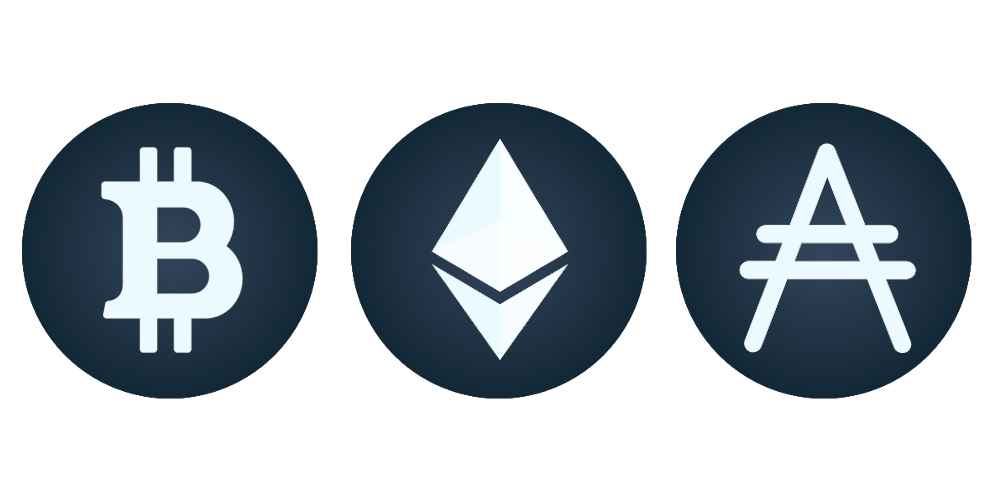Bitcoin and the Bitcoin network
Bitcoin is an open-source, public, secure crypto-currency. It runs on its own network – a fully decentralized blockchain system, without a central bank, or a single administrator. That means that the majority of the network particpants decide how the network functions and develops, instead of a single authority. We refer to it as “Bitcoin network”.
Bitcoin can be sent from one user to another directly, without the need for intermediaries. Since coming to life publicly in 2009, it’s network has never been hacked due to how its distributed ledger is set up.
Bitcoin’s importance comes from the fact that it is the first online system for transfer of value that solved the infamous problem of “double spending” without the need of a central figure. It is also the first crypto-currency system of its kind. The concept was invented in 2008 by an unknown person (or a group of people) hiding behind the name Satoshi Nakamoto. Bitcoin network, as we know it today, has no owner.
Transactions on the Bitcoin network are created and validated by the nodes on the network. Transactions are then added as blocks to the blockchain (ledger). Each node can do a special kind of work using its computing power to benefit the whole network – for example, validating and securing transactions. In the Bitcoin world, this kind of maintenance work is usually called “mining”. New coins are created by the network protocol and automatically sent to those maintenance workers as a reward for mining. For each transaction, the network also takes a small coin value as a transaction fee. We often refer to this kind of network setup as “proof-of-work”. Bitcoin and its network are considered to be the first generation of crypto-currency, and the “godfather” to all other crypto-currencies.

Ether and Ethereum
Ethereum is, similarly to Bitcoin, an open-source, public, blockchain-based distributed computing platform. It is different from Bitcoin because it implements a system that allows all network members to use the “smart contracts” functionality. This means that the Ethereum network can transfer and guard other digital data (or even program code), instead of just sending plain coins. Ether is the crypto-currency coin generated by the Ethereum platform as a reward for “mining”. Ethereum and its network are considered to be the second generation of crypto-currencies.
Ada and Cardano
Cardano is, similarly to Ethereum, another decentralized, open-source, public blockchain and crypto-currency project. Cardano is developing into a next-generation smart contract platform that seeks to deliver more advanced features than any other protocol previously developed. It uses a different process for generating new coins.
Instead of mining, Cardano produces new coins by implementing a “staking” protocol. Staking, in simplest terms, means safe-keeping the coins (which are here considered as stake) inside of the network, through an option in your personal wallet, without the need to ever having to transfer the ownership or the management of your coins to someone else, i.e. showing “trust” in the network and its protocol through “stake”. This is why we refer to Cardano as a “proof-of-stake” platform. In contrast to Ethereum and Bitcoin, the digital currency which fuels the Cardano platform is called Ada. By using Ada generated by the proof-of-stake protocol and taking minor network transaction fees, Cardano’s primary goal is to provide quick and safe currency transactions for everyone, and allow network users to operate various smart contracts and applications seamlessly on its blockchain.
